Fashion is a mirror of culture, creativity, and personal expression. While trends often travel across borders, local styles continue to thrive, shaped by history, climate, tradition, and modern identity. From the classic elegance of Parisian women to the experimental flair of Tokyo street style, women across the globe express themselves through iconic fashion that’s uniquely their own. In this article, we’ll take a sartorial journey across continents to explore the diverse and unforgettable fashion styles that define women worldwide.
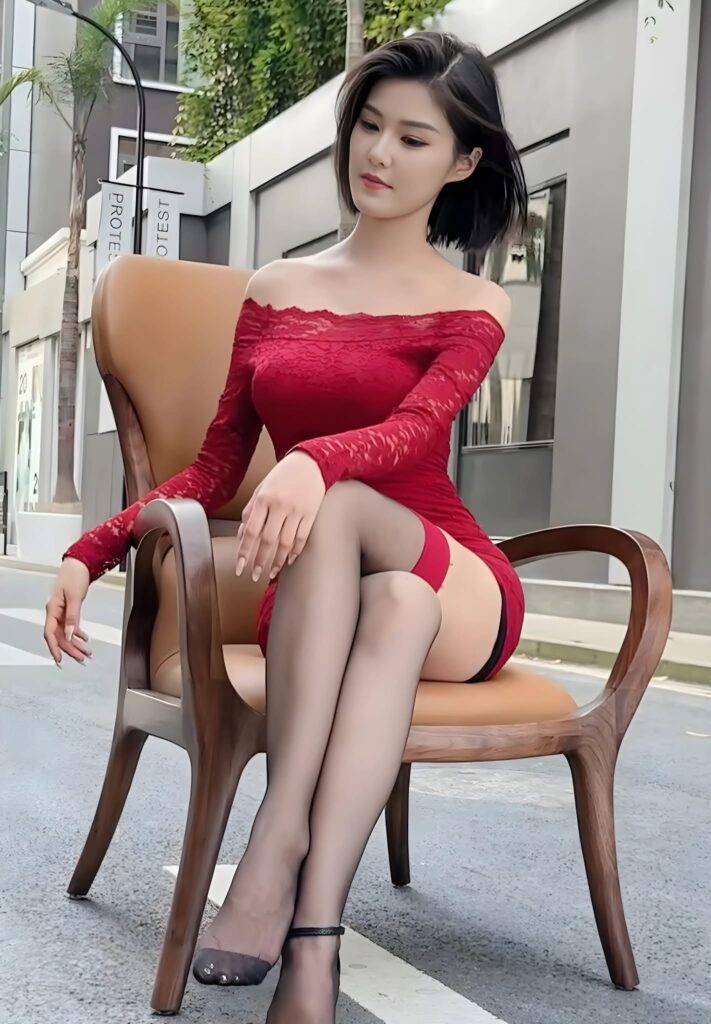
Paris, France: The Epitome of Effortless Elegance
Parisian women have long been revered as the ultimate fashion icons. Their style is synonymous with understated elegance, favoring timeless wardrobe staples over flashy trends. The quintessential Parisian wardrobe includes well-tailored blazers, silk blouses, straight-leg jeans, ballet flats, and the ever-present trench coat. Accessories are subtle but carefully chosen—think delicate jewelry, a leather handbag, and a silk scarf tied just so.
French women often stick to a neutral palette—black, beige, navy, and white—creating looks that appear effortlessly sophisticated. The philosophy is simple: quality over quantity, and confidence over conformity. Whether strolling through Le Marais or sipping espresso in Saint-Germain, Parisian women redefine minimalism with a hint of romance.
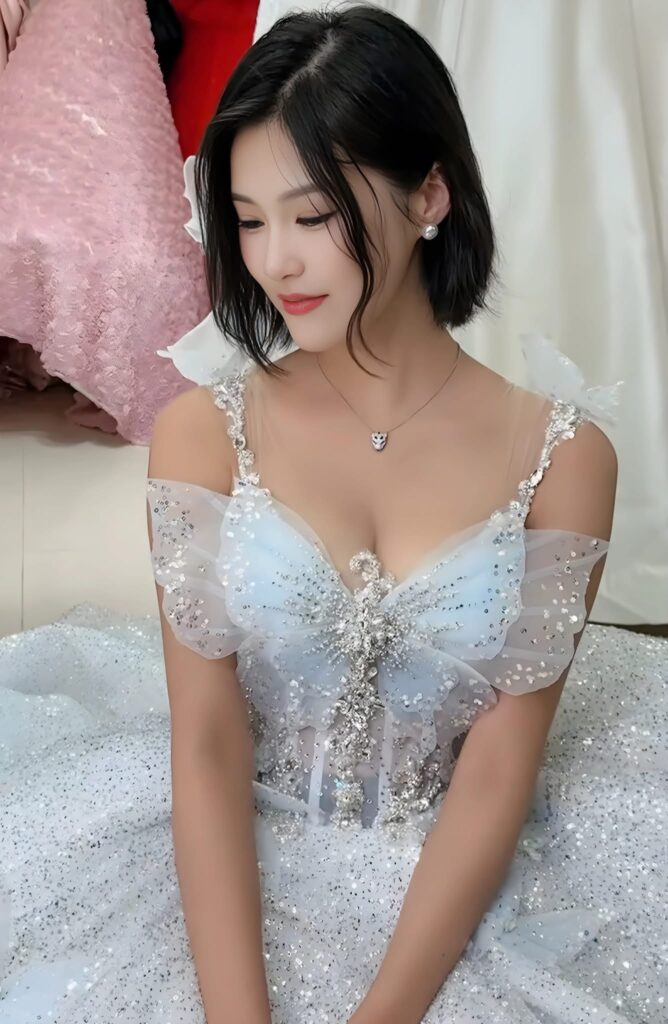
Tokyo, Japan: Where Fashion Becomes Art
At the other end of the spectrum lies Tokyo, a city known for its daring, diverse, and often surreal fashion scene. Women here are celebrated for their fearless experimentation. Neighborhoods like Harajuku and Shibuya are vibrant fashion playgrounds where styles range from kawaii (cute) culture to punk, goth, vintage, and futuristic cyberwear.
Tokyo women are masters of layering and mixing styles, drawing inspiration from manga, anime, historical dress, and high fashion. Oversized silhouettes, bold prints, and theatrical accessories come together in looks that challenge norms and celebrate individuality.
Even beyond the eccentric subcultures, everyday fashion in Tokyo blends precision tailoring and avant-garde design. Brands like Comme des Garçons and Issey Miyake, led by Japanese women designers and wearers alike, reflect a culture where fashion is conceptual and profoundly creative.
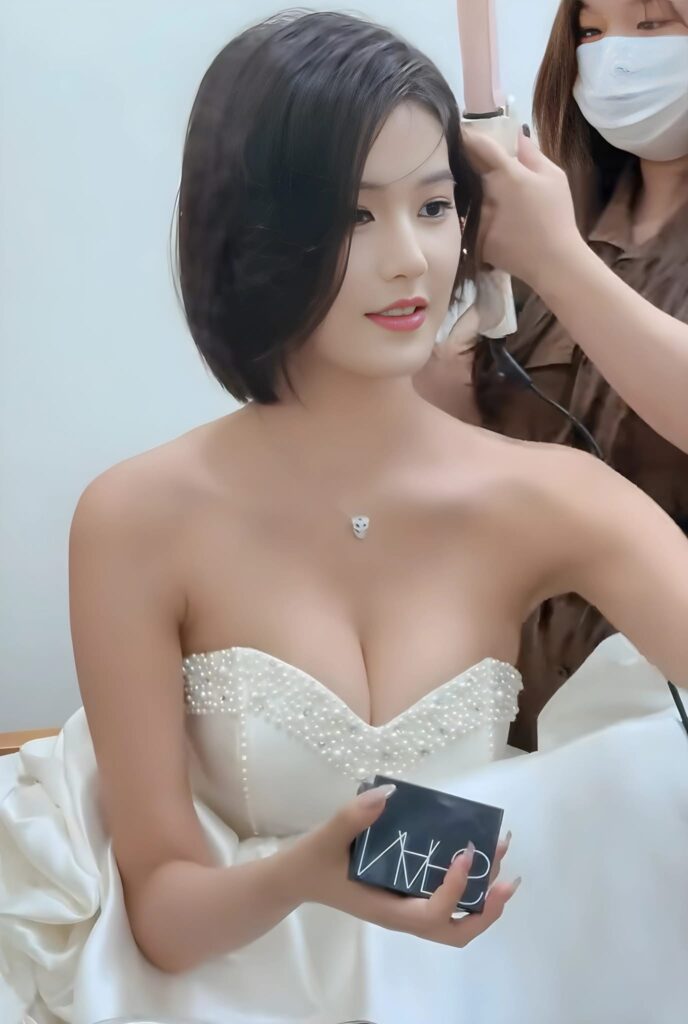
New York City, USA: Power, Practicality, and Edge
In New York City, the streets are a fashion runway where women project strength and purpose. The NYC woman’s style is urban, fast-paced, and versatile. Her wardrobe is a mix of practical staples and statement pieces—black leather jackets, high-waisted pants, ankle boots, and oversized sunglasses dominate the streets of Manhattan and Brooklyn alike.
New York fashion is about personal branding—women dress to stand out in a city of millions. Athleisure has become a staple, blending comfort and chic, while power dressing in sleek suits and heels remains a symbol of success. Diversity is also key: NYC’s multicultural makeup means styles are as varied as the city’s neighborhoods, from Afrocentric prints in Harlem to hipster thrift looks in Williamsburg.
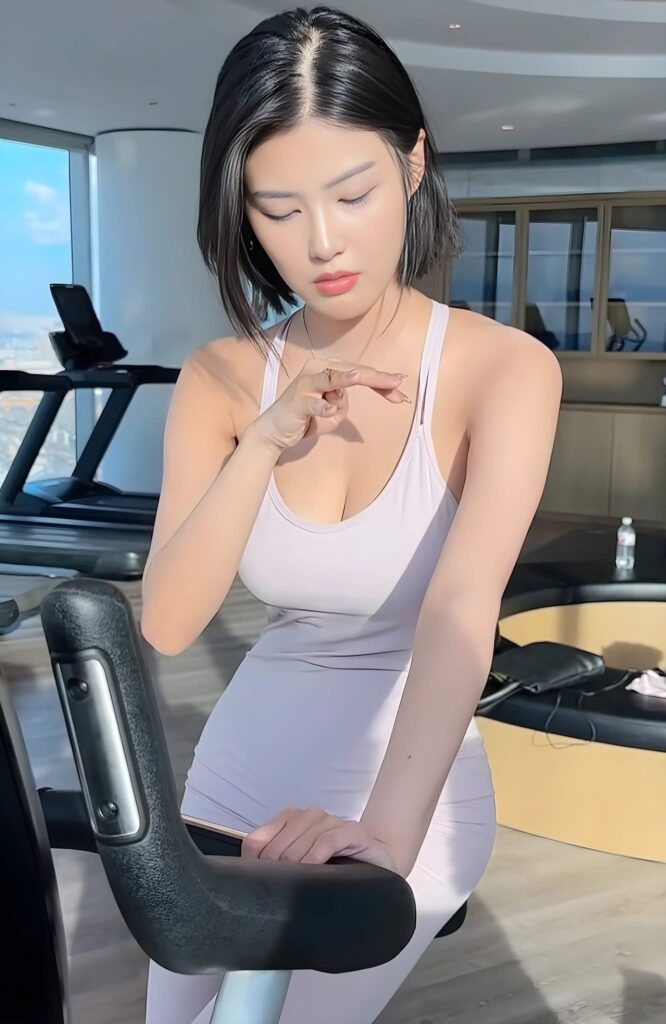
Seoul, South Korea: Chic Meets Youthful Rebellion
Seoul has emerged as a global fashion capital, thanks in part to the Hallyu (K-wave) influence. Korean women are known for clean, coordinated outfits with subtle edge. The look is polished but playful—think pastel blouses, pleated skirts, statement sneakers, and oversized blazers. Accessories are delicate yet trendy, often echoing K-pop idol fashion.
Women in Seoul balance traditional femininity with modern cool, embracing high-waisted trousers, crisp collars, and soft makeup. Layering is crucial, with sweaters over dresses or crop tops under sheer blouses.
Seoul’s fashion reflects South Korea’s fast-changing culture, where youth and beauty intersect with a strong sense of individual identity. Streetwear brands like Ader Error and Gentle Monster have carved out global spaces, thanks to their loyal female fanbase.
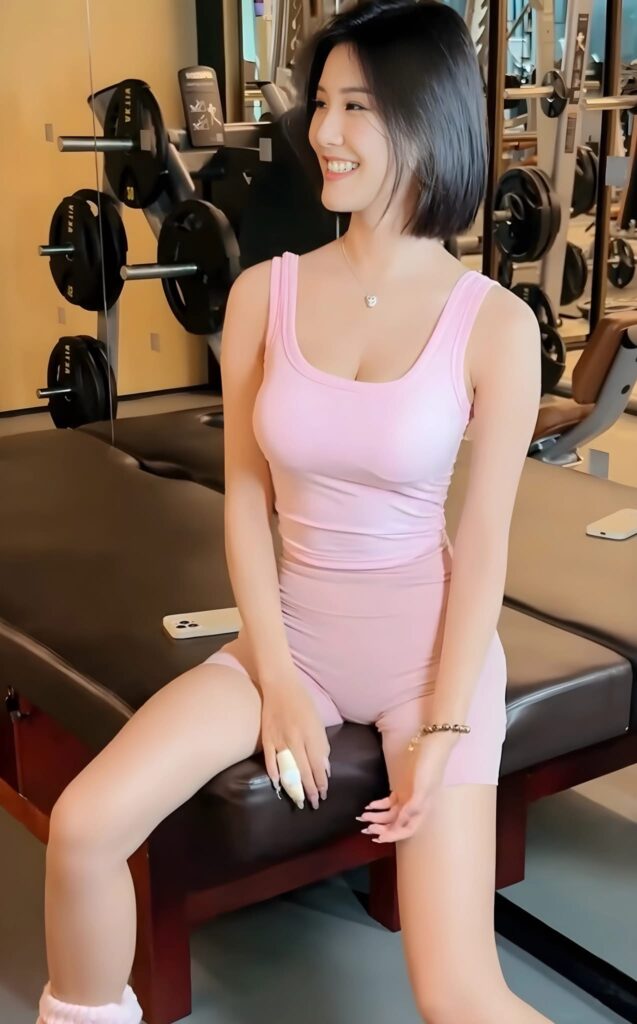
Milan, Italy: Glamour, Craftsmanship, and Bold Statements
Italian fashion is synonymous with luxury, and Milanese women embody confident, high-impact style. Italian women favor clothing that celebrates the female form—tailored dresses, cinched waists, and bold colors are mainstays. A Milanese woman knows the value of a statement coat, designer heels, and eye-catching accessories.
But beneath the glam lies deep respect for craftsmanship and heritage. Brands like Dolce & Gabbana, Prada, and Versace are not just global powerhouses—they reflect how Italian women see themselves: powerful, passionate, and poised.
Milan’s fashion also leans into contrast—modern meets classic, sleek leather with soft chiffon, ornate details with minimal makeup. It’s a celebration of la dolce vita, where fashion is a joyous expression of personality and pride.

Lagos, Nigeria: Vibrant Colors and Cultural Pride
In Lagos, fashion is a statement of identity, tradition, and unapologetic confidence. Nigerian women are known for their bold use of color, pattern, and fabric, especially the iconic Ankara print. This wax-resist cloth is used to create everything from fitted gowns and peplum tops to headwraps (gele) and wide-legged trousers.
Fashion in Nigeria is both festive and deeply meaningful. Outfits are often custom-made, reflecting the individual’s personality and heritage. For weddings and special occasions, women don intricately beaded garments and elegant lace, showcasing local designers like Lisa Folawiyo and Deola Sagoe.
Contemporary Lagos fashion is a blend of Afrocentric tradition and modern silhouettes, with women redefining luxury through indigenous textiles, craftsmanship, and self-expression.

London, England: Eclectic, Edgy, and Individual
London fashion is famously unpredictable. British women don’t shy away from risk, and their style often fuses vintage charm with modern edge. You’ll find women pairing a flowy floral dress with combat boots, or a structured trench coat with neon accessories.
There’s a strong culture of thrift, repurposing, and personal styling, especially among younger generations. London women mix high-street staples from Zara or COS with charity shop finds and designer pieces.
Subcultures still thrive here, too—punk, goth, grunge, and mod influences continue to inform the city’s unique fashion DNA. At its core, London fashion celebrates individualism, where self-expression always outweighs convention.

Mumbai, India: Tradition Meets Modernity
Mumbai is India’s fashion capital, where heritage and innovation live side by side. Indian women in Mumbai often blend traditional garments with modern aesthetics—a saree worn with sneakers, a kurta styled with jeans, or lehengas reimagined with crop tops.
Fabric and color are central to Indian fashion. Rich silks, handloom cottons, and intricate embroideries dominate, often customized by local tailors. Accessorizing is key—gold earrings, bangles, and bindis elevate any outfit, whether for a wedding or a casual gathering.
Modern Indian designers like Anita Dongre and Masaba Gupta are helping women reclaim tradition with contemporary flair, empowering them to dress with both pride and global appeal.

Rio de Janeiro, Brazil: Laid-back Glamour
In Brazil’s coastal cities like Rio, fashion is a celebration of body confidence and tropical ease. Brazilian women embrace bright colors, flowing fabrics, and sensual silhouettes. Sundresses, bikinis, rompers, and high-slit skirts are wardrobe staples, often paired with sandals and natural makeup.
But Brazilian style isn’t just about the beach. For evenings and events, women shift to high-octane glamour—think sequins, bodycon dresses, and bold lipstick. There’s a national pride in dressing for joy, movement, and celebration.
Designers like Adriana Degreas and Farm Rio blend tropical aesthetics with global fashion, helping Brazilian women showcase their dynamic and confident sense of style to the world.

Stockholm, Sweden: Minimalist Cool
Scandinavian style, particularly in Stockholm, is known for its clean lines, neutral tones, and functional fashion. Swedish women often wear monochromatic outfits—black, white, gray—layered in smart and sustainable ways. Oversized coats, wide-legged trousers, and crisp shirts define the aesthetic.
Swedish fashion is often rooted in sustainability and practicality, with a strong preference for quality over quantity. Brands like Acne Studios and Filippa K reflect this ethos, creating pieces that are timeless and versatile.
Despite the minimalism, Stockholm’s women express their individuality through clever layering, textural contrasts, and thoughtful accessorizing. The result is cool, composed, and always refined.

Conclusion: A World of Style, A Universe of Voices
From the elegant boulevards of Paris to the electric streets of Tokyo, the fashion of women worldwide reflects more than trends—it’s a living, breathing art form shaped by culture, history, climate, and emotion. Every city offers its own narrative: some polished, others rebellious; some rooted in tradition, others breaking boundaries.
What connects these fashion scenes is not a single style but the freedom of women to express themselves—boldly, softly, radically, or classically—through their clothes. As global connectivity increases, so too does cross-cultural inspiration. Yet, local identity remains a powerful foundation for personal style.
Fashion, at its best, is not just what women wear. It’s how they move through the world. And whether in heels or sneakers, silk or denim, each woman tells her story—one outfit at a time.




